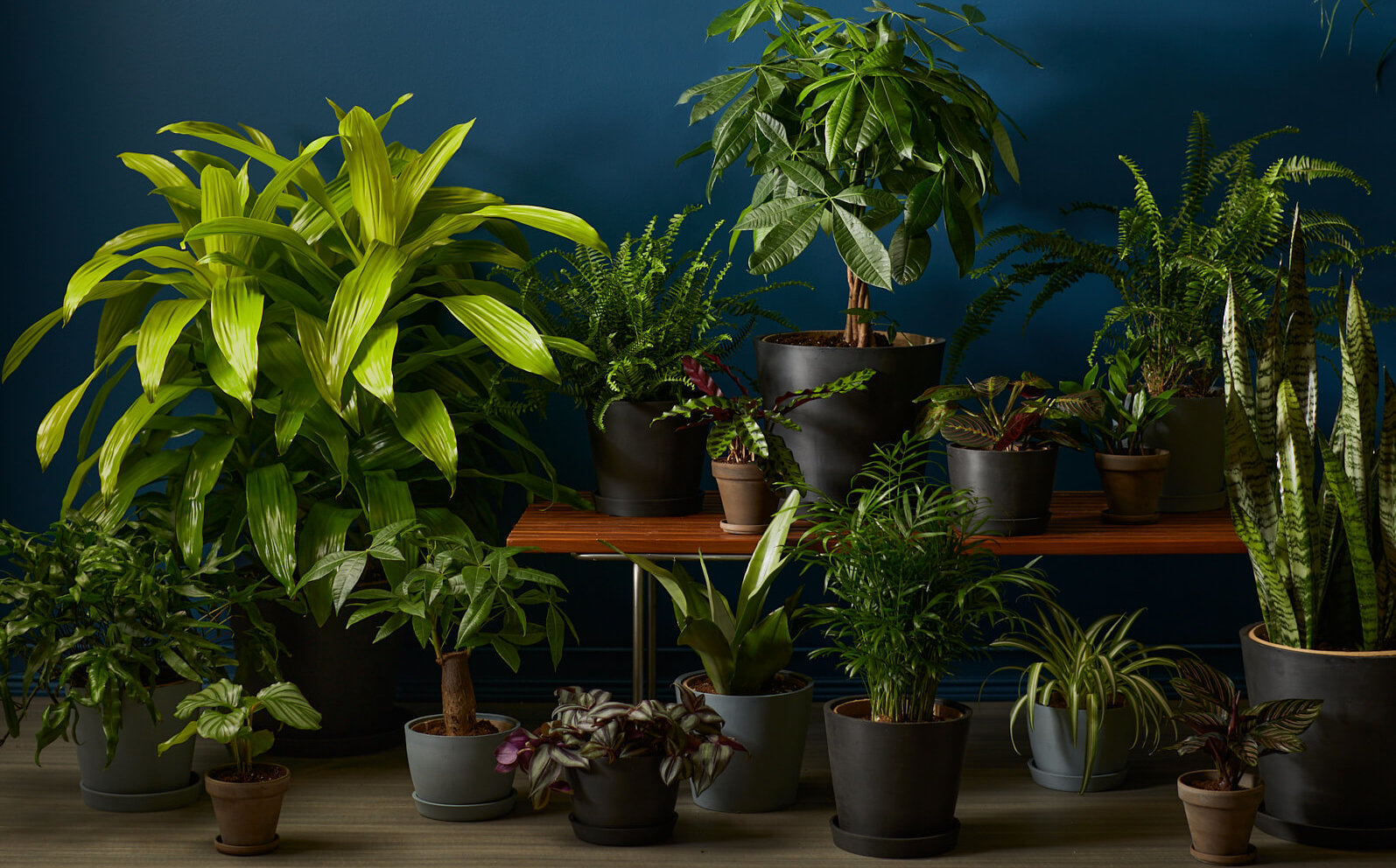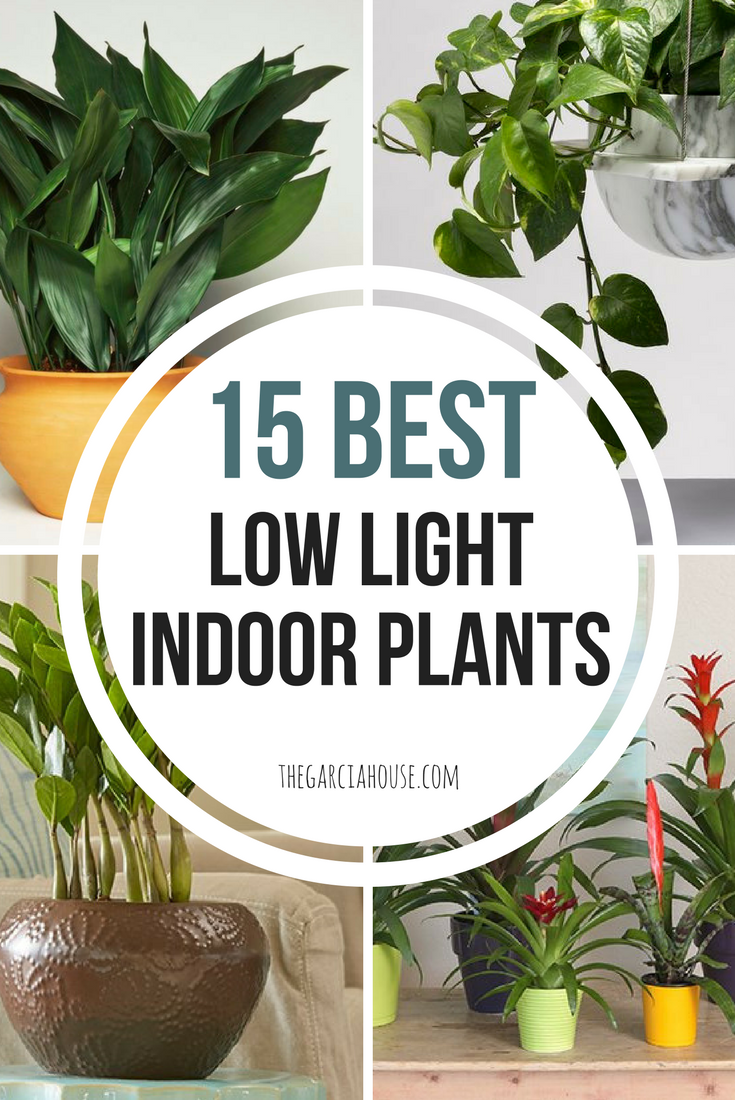Transform Your Home With Beautiful Low-Light Indoor Plants and Their Advantages
Integrating low-light indoor plants into your home can considerably improve both the environmental and visual high quality of your space. These plants, which thrive in dim problems, serve not only as attractive elements however additionally as natural air purifiers, making them optimal for city residents or those with limited sunlight exposure. As we discover the numerous types of low-light plants and their advantages, you might find shocking ways to incorporate them right into your home that can transform your surroundings in methods you could not have expected.
Benefits of Low-Light Plants
Low-light plants provide various benefits for interior environments, making them an excellent option for both beginner and experienced garden enthusiasts. Among the primary advantages is their adaptability to low-light problems, permitting individuals to improve their home without the demand for considerable sunshine direct exposure. This characteristic makes them optimal for homes, workplaces, and other areas with limited all-natural light.

Additionally, incorporating low-light plants right into home decor can boost the visual charm of an area. Their rich foliage and differed textures develop a soothing environment, adding to overall well-being. Finally, the presence of greenery has been linked to reduced tension degrees and improved performance, making low-light plants a practical selection for boosting both physical and mental wellness in indoor setups.
Top Low-Light Indoor Plants
While numerous interior plants thrive in bright light, numerous types are particularly appropriate for low-light problems, making them ideal for numerous indoor rooms. One preferred choice is the Serpent Plant (Sansevieria), understood for its striking upright leaves and strength, requiring marginal treatment. Another superb option is the Pothos (Epipremnum aureum), which includes heart-shaped fallen leaves and can trail beautifully from hangers or shelves, flourishing in low light and adding a rich touch.
The ZZ Plant (Zamioculcas zamiifolia) is commemorated for its glossy leaves and capability to stand up to neglect, making it ideal for active way of livings. The Peace Lily (Spathiphyllum) not just tolerates low light yet additionally generates sensational white blossoms, enhancing any type of area's aesthetic.
For a distinct touch, think about the Cast Iron Plant (Aspidistra elatior), which undoubtedly lives up to its name, prospering in the darkest corners of your home. Last but not least, the Chinese Evergreen (Aglaonema) offers a variety of fallen leave patterns and shades while being incredibly forgiving in low-light problems. These plants not just improve indoor environments yet additionally add to air purification, enhancing your home.
Treatment Tips for Low-Light Plants

Sprinkling practices are vital; these plants frequently prefer somewhat dry problems. Overwatering can cause root rot, so guarantee that the top inch of dirt is completely dry before watering once more. Use pots with water drainage openings to allow excess dampness to get away.
Moisture is one more important aspect. Several low-light plants, such as brushes and tranquility lilies, take advantage of greater moisture degrees. To increase moisture, think about misting the fallen leaves or positioning a tray of water near the plants.
Fertilization ought to be come close to with care. During the growing period, use a thinned down, well balanced fluid plant food every month to support growth, but stay clear of fertilizing during the inactive wintertime months.
:max_bytes(150000):strip_icc()/low-light-conditions-houseplants-1902917-834ee8847a324939b796845a6bc22d36.png)
Creative Ways to Show Plants
Interior plants can act as captivating centerpieces in any kind of room, boosting both visual allure and atmosphere. Creative display screens can elevate the aesthetic influence of low-light plants, making them an essential part of your home design. One efficient method is to make use of tiered plant stands, which permit you to display multiple plants at varying heights while optimizing flooring room.
Hanging planters are one more innovative option, creating a feeling of depth and drawing the eye up. Take into consideration macramé hangers or wall-mounted racks to introduce an one-of-a-kind appearance and design.
For a more structured approach, usage geometric terrariums or glass containers to house your plants, adding a modern touch to your interior garden. You can likewise repurpose vintage products, such as teacups or wooden pet crates, for a diverse display that mirrors your individuality.
Enhancing Home Setting With Plants
Integrating low-light plants into your home not only enhances visit this page visual appeal however additionally contributes significantly to the general setting. These plants offer as natural style elements, presenting a feeling of serenity that can transform any type of area. The presence of greenery cultivates a soothing ambience, which is specifically advantageous in high-stress settings such as office or living areas.
Low-light plants, such as snake plants, pothos, and ZZ plants, are not just cosmetically pleasing but likewise improve interior air top quality by filtering system pollutants. This dual function enhances the ambiance additionally, developing a healthier living space (Best low-light indoor plants). The strategic positioning of these plants can likewise affect the perception of area; for example, high plants can draw the eye up, making ceilings show up higher and areas a lot more large
In addition, differing structures and shades of foliage include deepness to interior decoration, allowing for creative expression in home designing. Whether put on racks, in corners, or as focal points, low-light plants can boost the state of mind of any space. In recap, incorporating these plants into your home is an effective way to cultivate a warm, welcoming atmosphere while profiting of boosted air high quality and aesthetic flexibility.
Final Thought
Incorporating low-light indoor plants into home atmospheres offers many benefits, consisting of enhanced aesthetic allure and boosted air top quality. These durable plants, such as the Snake Plant and Peace Lily, need marginal light and maintenance, making them appropriate for varied lifestyles. Their ability to filter contaminants adds to a healthier space, while their varied textures and shades improve indoor decor (Best low-light indoor plants). Ultimately, the addition of low-light plants promotes a tranquil and inviting ambiance, changing any type of home into a tranquil sanctuary.
While several interior plants index flourish in intense light, a number of species are specifically appropriate for low-light conditions, making them perfect for numerous interior spaces. One efficient method is to make use of tiered plant stands, which enable you to display several plants at varying elevations while making the most of flooring space.
Low-light plants, such as serpent plants, pothos, and ZZ plants, are not only cosmetically pleasing however also enhance indoor air high quality by filtering toxins. Best low-light indoor plants. The tactical placement of these plants can additionally influence the assumption of area; for instance, tall plants can attract the eye up, making ceilings appear greater and spaces much more spacious
These resistant plants, such as the Snake Plant and find more information Tranquility Lily, need minimal light and upkeep, making them suitable for varied way of livings.